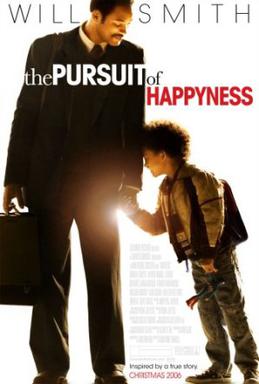¿Por qué alguien contratarÃa Euskaltel para su acceso a Internet, en vez de ofertas mucho más competitivas, como Jazztel? Pues está claro: por la atención al cliente, y por la fiabilidad del servicio… ¿no?
Esta mañana mi conexión a Internet me ha dejado de funcionar. Tengo contratada banda ancha a 1Mb con fibra óptica de Euskaltel. La asignación de IP la hacen, como casi todas las ISPs, con DHCP. Pues bien, cuando mi ordenador pedÃa (a través del cable-módem) una IP, el servidor DHCP me la daba (por lo tanto la conexión funcionaba), pero luego no podÃa conectarme a nada.
Ya, ya sé: mala configuración de los DNSs. Pues no. El servidor DHCP me daba los DNSs correctos automáticamente. He probado a hacer ping a los servidores de DNS, e incluso a la máquina que me ha adjudicado la IP por DHCP (que obviamente sé que está funcionando correctamente), y ningún ping ha obtenido respuesta. Y tampoco es el firewall, porque las conexiones salientes están prácticamente sin restringir. Estoy por pensar que es la tabla de enrutamiento, ya que mis paquetes salÃan por una puerta de IP xx.yy.96.1, cuando mi IP era xx.yy.108.zz. Estoy no quiere decir que estén en diferentes subredes (96 y 108 pueden pertenecer a una misma subred), pero si lo fuera, eso explicarÃa mis problemas, además de demostrar un fallo gordo por parte de algún “genio” de Euskaltel.
Pues bueno, llamo al 1718 (incidencias), y me atiende un tÃo que lo primero que me dice es que reinicie el ordenador. Joder, tÃo, que no estoy usando Windows. Conversación:
РReinicia el ordenador Рdice ̩l.
– Es que no uso Windows, uso Linux – contesto
– Reinicia el ordenador, es para reiniciar el módem.
– ¿Y no vale con desenchufar el módem?
– Reinicia el ordenador
– ¿Y si desenchufo el cable RJ45 del ordenador?
– Reinicia el ordenador
Ante su cerrilidad, apago el ordenador, y me quedo con las ganas de decir que a ver si no vale con hacer ifdown eth0 && ifup eth0. Lamentablemente, dudo que supiera qué es un ifconfig aunque uno le mordiera el culo.
Su siguiente consejo es, obviamente, apagar el módem, luego encenderlo, y luego encender el ordenador. Ahora que lo pienso, me queda la duda de si querÃa que al encender el módem el ordenador estuviera encendido (recien reiniciado), y luego volver a reinicial el ordenador, con el módem encendido… Duda irrelevante, porque eso de reiniciar el módem ya lo habÃa intentado yo, pero bueno.
En fin, que el problema (obviamente) ha seguido igual. Me ha dicho que si querÃa me mandaban un técnico, y yo le he dicho que, a menos que yo llame de nuevo no (me paso lo mismo, creo, hace un tiempo, y se solucionó “ello solo”).
Lo más gracioso de la conversación fue el final:
– Por si acaso le aviso que si va el técnico y el error está en su ordenador, le cobrarÃamos XXX – me suelta el tÃo.
– Ya, y si viene el técnico, y el problema resulta ser culpa de Euskaltel, ¿cuánto cobro yo a Euskaltel? Si el problema fuese de uds, me cobrarÃan el mes igual, ¿verdad? – le contesto.
– SÃ – me dice, un poco “apenado”, pero sin cortarse un pelo.
– Ya veo, muy listos son uds.
Durante un milisegundo me pareció de lo más normal que un técnico viniera y me lo arreglase gratis, pero que si la culpa era mÃa, me lo cobrasen, porque igual soy un patán que se ha cargado el ordenador.
Pero luego me he dado cuenta de que tienen un morro que se lo pisan. Si el fallo es mÃo, estarÃa bien que cobraran… pero solo si cuando el fallo es de Euskaltel te libraran, por ejemplo, de pagar ese mes de conexión. Pero no. No importa si te cortan arbitrariamente la red, si de vez en cuando está saturada, si hay algún fallo: te lo arreglan “gratis” y ya está. Pero si es al revés tienes que pagar… ¡Qué listillos!


 Imágen enlazada (sin permiso) de la página oficial de Alex Ubago:
Imágen enlazada (sin permiso) de la página oficial de Alex Ubago: 